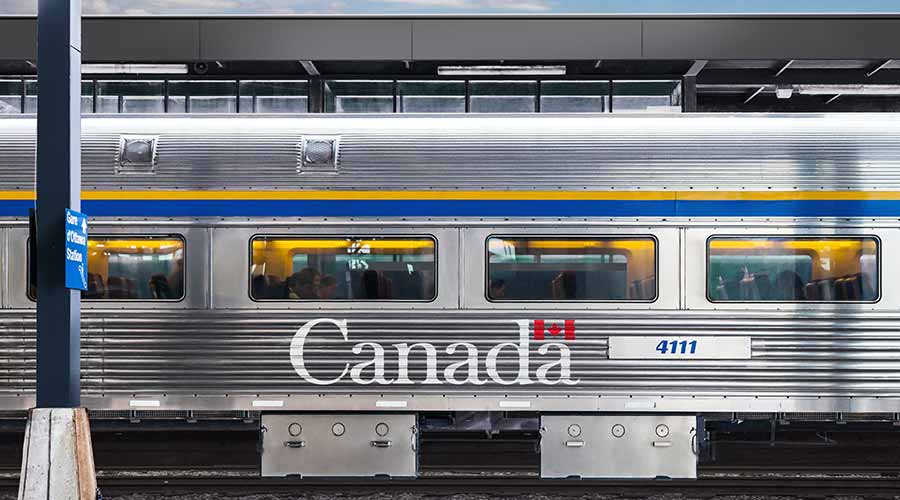DSCToronto
Superstar
Member Bio
- Joined
- Jan 13, 2008
- Messages
- 21,957
- Reaction score
- 35,703
- Location
- St Lawrence Market Area
Further "official" input on the Calgary to Edmonton train.
This refers one to
 www.documentcloud.org
www.documentcloud.org
Bottom line:
Committee recommendations
1. The Government of Alberta should not invest in a high-speed rail transit system in the Edmonton-Calgary corridor at this time because the population of the corridor is not sufficient to support the profitable operation of such a system.
2. The Government of Alberta should include in its long-term transportation infrastructure strategic plan the expansion of light-rail transit and the development of regional transportation systems.
3. As part of the long-term transportation infrastructure strategic plan, the Government of Alberta should identify a greenfield transportation/utility corridor between Calgary and Edmonton to assist in future transportation infrastructure planning with capacity for a potential high-speed rail transit system.
4. The Government of Alberta should begin the process of acquiring land for a transportation/utility corridor right-of-way between Calgary and Edmonton, as budgets warrant, following public consultation with affected landowners, including aboriginal groups.
5. The Government of Alberta should investigate the development of a regulatory model to allow for private investors who can raise both the capital for high-speed infrastructure and procurement of land to be able to go forward to build this necessary infrastructure.
This refers one to
DocumentCloud
Bottom line:
Committee recommendations
1. The Government of Alberta should not invest in a high-speed rail transit system in the Edmonton-Calgary corridor at this time because the population of the corridor is not sufficient to support the profitable operation of such a system.
2. The Government of Alberta should include in its long-term transportation infrastructure strategic plan the expansion of light-rail transit and the development of regional transportation systems.
3. As part of the long-term transportation infrastructure strategic plan, the Government of Alberta should identify a greenfield transportation/utility corridor between Calgary and Edmonton to assist in future transportation infrastructure planning with capacity for a potential high-speed rail transit system.
4. The Government of Alberta should begin the process of acquiring land for a transportation/utility corridor right-of-way between Calgary and Edmonton, as budgets warrant, following public consultation with affected landowners, including aboriginal groups.
5. The Government of Alberta should investigate the development of a regulatory model to allow for private investors who can raise both the capital for high-speed infrastructure and procurement of land to be able to go forward to build this necessary infrastructure.








